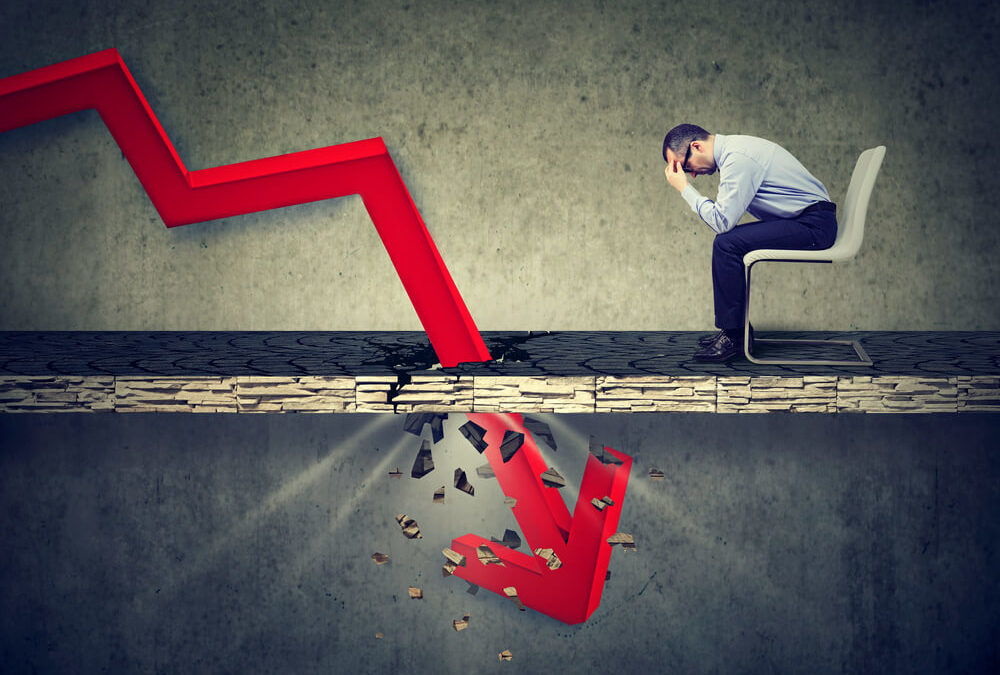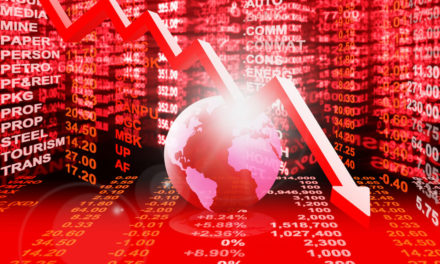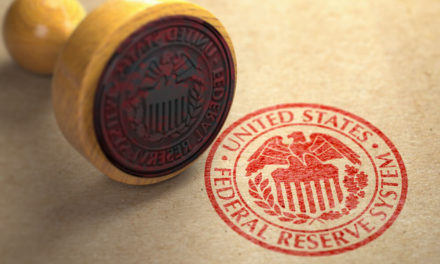Editor’s Note: This week’s guest edition comes from Bonner-Denning Letter coauthor Dan Denning. Below, Dan shows us why this is the most deceptive market he’s seen in the last two decades … and what to do if you want to preserve your wealth …
After falling 35% in less than 30 days in February and March, the S&P 500 rallied over 35%. It’s now down about 1% for the year.
Where next? How about an 80% crash from here on the S&P 500? Maybe you think the Federal Reserve won’t let that happen. But I wouldn’t be so sure.
Below, I’ll explain why this is the most dangerous market I’ve seen in my professional career. Then, I’ll show you the best way to protect your wealth.
To start, consider this…
Wall Street Perversity
The initial down moves from the 1929 and 2000 crashes were matched by almost identical up moves. It was only after those huge dead cat bounces that the real bear market took hold.
The Dow fell 88% after its fake-out recovery in the 1930s. The Nasdaq fell 78%. If I’m right, and this time isn’t different, you’re looking at the S&P 500 back under 700. It’s above 3,100 as we go to press.
If you think a fall that big is impossible, take a look at the chart below.

This chart shows that 20.2 million Americans lost their jobs between March and April. If you want to know how perverse Wall Street is, stocks rallied when the report came out.
Why? Because economists expected 22 million job losses. The number was better than they expected!
Has it occurred to analysts and institutional investors that people without incomes can’t spend money they don’t have?
Sure, they can spend the $1,200 checks the government sent (assuming they don’t save the money or pay down debt with it instead). But after that?
What’s worse, the chart above shows that all the jobs added to the economy since the Great Recession of 2009 disappeared earlier this year. They were in retail, hospitality or the service sector. Many of them will never come back.
In fact, a paper out of the University of Chicago’s economics institute estimates 42% of recent layoffs could be permanent. That shows you how marginal or fragile many of those jobs were.
Despite what looks like a hammer blow to corporate earnings for 2020 (and far beyond), stocks are up. What gives?
It’s About the Principle, Not the Size
The answer is in the chart below. You can see that, since January 2020, the Fed has added nearly $3 trillion to its balance sheet.

As part of this, on May 14, the Fed began its long-awaited program to support liquidity in the corporate bond market.
It did so by paying BlackRock — the world’s biggest asset manager — to buy corporate bond funds. The exchange-traded funds (ETFs) BlackRock bought are managed by… BlackRock.
The program started with $305 million in purchases. Its “corporate credit facility” grew by another $1.5 billion in the next week. Those are modest numbers compared to the Fed’s support of the mortgage and Treasury markets ($1.8 trillion and $4 trillion, respectively).
When the bear resumes, the Fed’s balance sheet will grow to $10 trillion faster than you can imagine.
But it’s not the size that matters here. It’s the principle.
And the principle is that the Fed is directly supporting asset prices, subsidizing failing corporations, and exposing itself — and indirectly you, the taxpayer — to corporate bankruptcies.
Take Hertz. Hertz filed for Chapter 11 bankruptcy recently. It’s not exactly a shock, considering the economy imploded. You can’t travel. You can’t rent a car.
But what is shocking is that Hertz bonds are included in two of the corporate bond ETFs BlackRock purchased on behalf of the Fed — the iShares High Yield Corporate Bond ETF (HYG) and the SPDR Bloomberg Barclays High Yield Bond ETF (JNK).
In the grand scheme of things, the Fed isn’t going to take a huge loss from its exposure to one or two bankruptcies. But what about dozens of bankruptcies? Or hundreds?
Not a Liquidity Problem
The Fed believes, erroneously, that it’s dealing with a liquidity problem. Investors don’t want to buy risky junk bonds in a dangerous environment. Print more money. Buy assets. Problem solved. Right?
Wrong. Corporate debt is a problem now because America has binged on corporate debt for a generation. Non-financial corporate businesses (not banks or insurance companies) took on $4 trillion in new debt between the fourth quarter of 2009 and the fourth quarter of 2019, from $6 trillion to $10 trillion.
That debt was always going to be a problem. Why? It was used to buy back shares and artificially boost earnings. Today, it’s an acute problem because the real economy has been driven into a granite wall by incompetent politicians and reckless CEOs.
Now we have a solvency problem. Companies with no cash flow won’t be able to service their debt. Investors who own that debt as an income-generating asset are left holding the bag.
You know the drill from here. Ratings agencies call the fire department after the building has burned down. Risky borrowers are downgraded. Investors sell the garbage. And then they sell whatever else they can (stocks, bonds, even gold) to raise cash. This is the deflationary spiral we saw in 2008.
It’s what the Fed thinks it can avoid now with a printing press. But I don’t have to remind you that central bankers can’t print gold.
They can create Federal Reserve Notes with a few keystrokes. And that DOES increase the money supply. But it doesn’t automatically increase the velocity of money. That is, the amount of money circulating and “doing work” in the real economy.
So what DOES it do?
It creates a fake sense of prosperity and a real wealth transfer. It makes Wall Street and billionaires richer. Bank of America reckons $4 trillion in central bank asset purchases corresponded with a $15 trillion increase in the value of global stocks.
And according to the Americans for Tax Fairness, the billionaire class added nearly half a trillion dollars to their net worth as the economy was hemorrhaging jobs during the lockdown.
King of All Fakes
The point is, this is the fakest, most deceptive, most dangerous market I’ve seen in my professional life.
I couldn’t tell you what the catalyst will be for the next leg down. It could be a tidal wave of corporate bankruptcies. That would lead to higher unemployment numbers AND could trigger a cascade of selling in financial markets.
Or it could be something similar to the current pandemic — in other words, something we knew was possible but that we were complacent about expecting.
What I can tell you is that it beggars belief that 40 million people can lose their jobs while the stock market makes new highs. That can only happen in a fake market, with fake media, fake prices, fake news, and fake money.
This is the king of all fakes. A great monetary debasement is underway in America. It will eventually result in a devastating hyperinflation and a lower standard of living worldwide for many years.
At the moment, it’s masquerading as higher stock prices. And it’s being partially concealed by the huge deflationary forces unleashed by the C-virus lockdown.
But don’t let yourself be faked out.
Prepare for the inevitable stock market sell-off. And always remember: Debt is not wealth. Gold is money.
Keep these things in mind and we’ll get through this… maybe not together, but in communities we choose to be a part of, surrounded by friends and family.
Until next time,
Dan Denning
Coauthor, The Bonner-Denning Letter
• This article was originally published by Bonner & Partners. You can learn more about Bill and Bill Bonner’s Diary right here.




